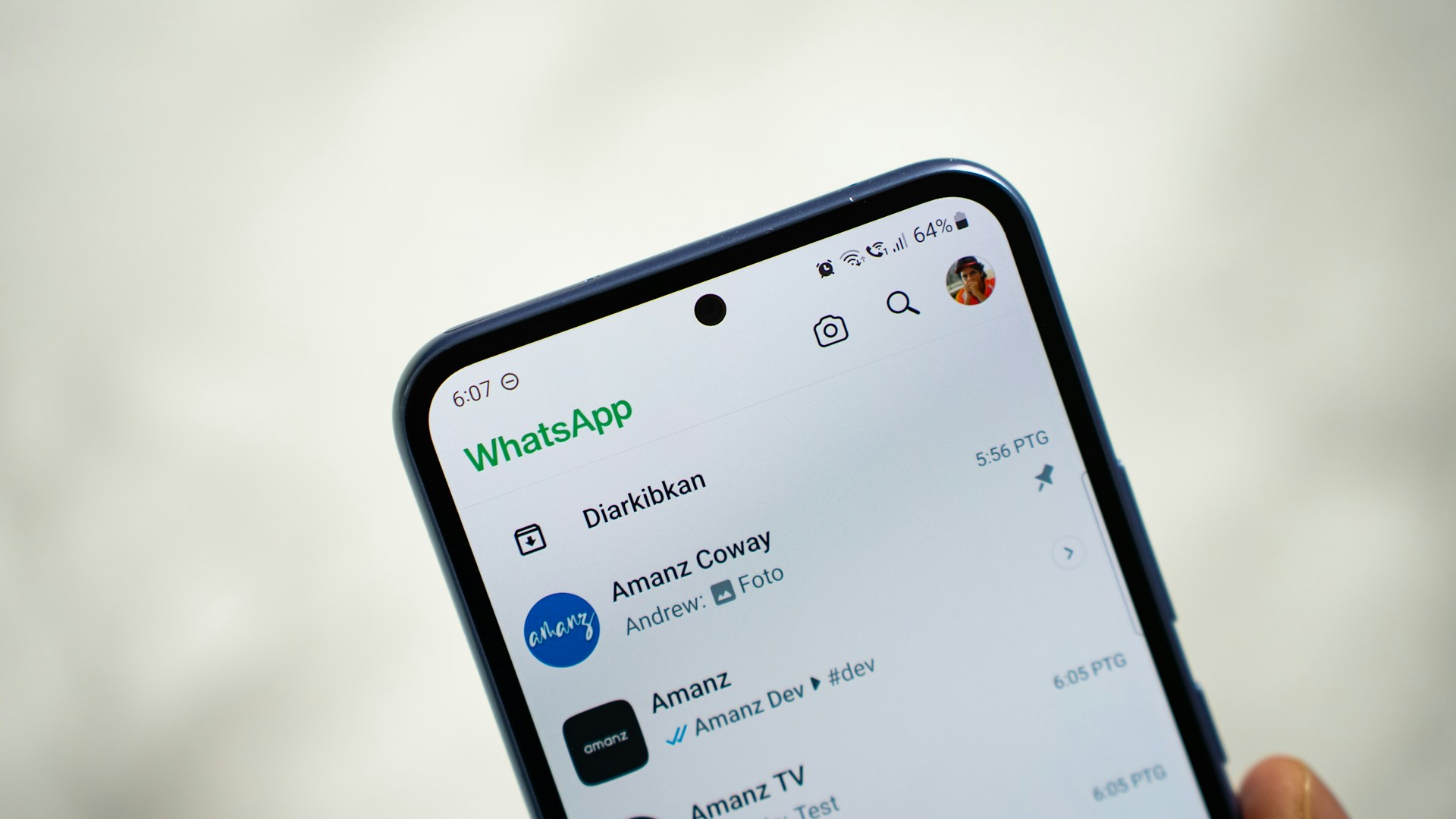RCS (Rich Communication Services) Business Messages represent a significant leap forward in marketing communication. Unlike SMS and MMS, RCS offers a richer, more interactive experience for users, combining the best features of these traditional messaging formats with the capabilities of modern internet-based messaging apps. Businesses can leverage RCS to create attractive, engaging, and interactive messages that capture customer attention much more effectively.
The evolution of RCS as a marketing tool has opened up new avenues for customer engagement. With the ability to incorporate high-quality images, videos, and even carousels, RCS messages can be much more informative and appealing than standard text messages. Additionally, RCS supports advanced features like read receipts and real-time analytics, enabling businesses to fine-tune their campaigns on the go.
By integrating RCS into your marketing strategy, you can provide a seamless and enriching customer experience. The interactive capabilities of RCS allow for two-way communication, making it easier for customers to interact with your brand directly within the message. This can lead to higher engagement rates and more meaningful interactions, ultimately driving better results for your campaigns.
Understanding RCS Business Messages
Rich Communication Services (RCS) is an advanced messaging protocol designed to supersede traditional SMS and MMS. Unlike SMS, which is limited to text, and MMS, which supports multimedia content, RCS combines both features and adds even more capabilities. RCS enables businesses to send messages with images, videos, and even interactive elements like buttons and carousels, providing a much richer user experience.
RCS has evolved significantly as a marketing tool. Initially, SMS was the primary method of mobile communication, limited to 160 characters of plain text. MMS followed, allowing for the inclusion of multimedia content but often coming with higher costs and inconsistent delivery. RCS changes the game by integrating the best aspects of both and adding the functionality of internet-based messaging apps, such as read receipts and typing indicators. As more smartphones support RCS natively, businesses can leverage these advanced features to run more effective and engaging campaigns.
Benefits Of Using RCS Business Messages
- Enhanced Media Capabilities: RCS Business Messages allow the inclusion of high-quality images, videos, and carousels, making messages more visually appealing and engaging. This feature is a stark contrast to the limitations of SMS and the simpler media support of MMS. By using rich media, you can create visually captivating messages that grab attention and leave lasting impressions.
- Improved Customer Engagement And Interaction: RCS messages provide a more dynamic and interactive communication channel. You can include action buttons for quick responses, links to your website, or even maps for better customer engagement. This interactivity encourages customers to interact with your brand directly within the message. As a result, customers are more likely to engage with and respond to your campaigns, improving overall interaction rates.
- Real-Time Analytics For Better Campaign Optimisation: One of the standout features of RCS Business Messages is the ability to access real-time analytics. With RCS, you can track when a message is delivered, read, and if the recipient interacted with any embedded elements. This data is invaluable for understanding customer behaviour and optimising future campaigns. You can quickly identify what works and what doesn’t, allowing for immediate adjustments and better results.
By leveraging these benefits, RCS Business Messages can significantly enhance the effectiveness of your marketing campaigns, driving higher engagement and better returns on investment.
Implementing RCS In Your Marketing Strategy
- Steps To Integrate RCS Into Current Marketing Workflows: Integrating RCS into your existing marketing workflows can be straightforward if approached systematically. Begin by evaluating your current messaging infrastructure and identifying points where RCS can seamlessly fit in. Ensure your software and tools support RCS messaging. Collaborate with your IT team or external vendors to make necessary technical adjustments. Set up RCS-enabled campaigns alongside existing SMS campaigns to compare performance and gather insights.
- Tips For Creating Interactive And Engaging RCS Messages: Creating RCS messages requires a focus on interactivity and engagement. Use images, videos, and carousels to create visually appealing content. Incorporate call-to-action buttons that allow recipients to quickly respond, make purchases, or get more information directly from the message. Keep the content concise but impactful. Design each element with the customer experience in mind—make it easy for users to navigate through the message and take desired actions.
- Utilising Data Segmentation To Personalise RCS Campaigns: Data segmentation is crucial for personalising RCS campaigns. Start by analysing your customer data to identify different segments based on behaviour, preferences, and demographics. Tailor your RCS messages to each segment for higher relevance and better engagement. For instance, send personalised birthday offers or special discounts based on purchase history. Use analytics to continuously refine your segments and ensure each message resonates with its intended audience.
Measuring Success And Optimising RCS Campaigns
- Key Performance Indicators (KPIs) To Track: To measure the success of your RCS campaigns, track key performance indicators such as delivery rate, read rate, and click-through rate. Monitor engagement metrics like button clicks and interactions within the message. These KPIs provide a clear picture of how well your campaigns are performing and identify areas for improvement.
- Tools For Measuring And Analysing Campaign Success: Various tools can help measure and analyse RCS campaign success. Use built-in analytics features provided by RCS platforms to track message performance in real-time. Integrate these insights with your existing analytics solutions for a comprehensive view. Tools like Google Analytics can be helpful for tracking how users interact with your website after clicking through an RCS message.
- Strategies For Iterating And Improving RCS Campaigns Based On Feedback: Gather feedback from your customers to understand their experience with RCS messages. Use surveys, follow-up messages, or social media interactions to collect this information. Analyse the feedback to identify common themes and areas where improvements are needed. Regularly review campaign performance data and adjust your strategies accordingly. Experiment with different message formats, content, and timings to find the most effective combinations.
Conclusion
RCS Business Messages offer an exciting opportunity to revolutionise your marketing campaigns. With enhanced media capabilities, improved customer engagement, and robust real-time analytics, RCS stands out as a powerful tool for contemporary marketing. By effectively implementing and continuously optimising your RCS campaigns, you can achieve superior results that drive engagement and brand loyalty.
As you navigate the evolving landscape of digital marketing, incorporating RCS into your strategy can set your business apart. The rich, interactive nature of RCS messages ensures your customers receive compelling and memorable experiences. Don’t miss out on the potential benefits of this advanced messaging system.
Ready to transform your campaigns? Contact Text Global Ltd. today to learn how our business rcs messaging solutions can help you achieve your marketing goals and elevate your customer engagement to the next level.




